A Beginner's guide to perform Goblet Squats
Published On : 17th Jan 2025
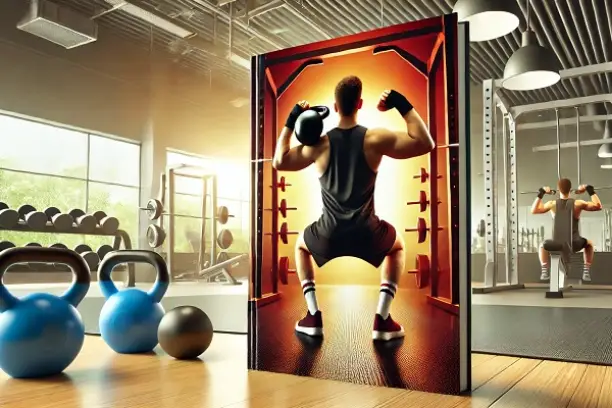
The goblet squat is a fantastic exercise for beginners and fitness enthusiasts alike. It’s a safe and effective way to build strength, improve mobility, and master the fundamentals of squatting. Whether you’re new to fitness or looking to refine your form, this guide will walk you through everything you need to know about performing the goblet squat.
What is a Goblet Squat?
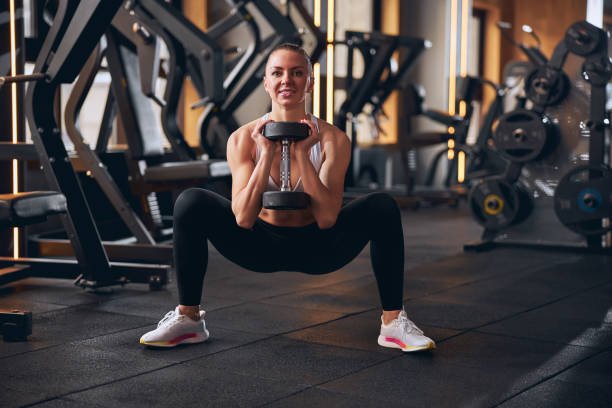
The goblet squat is a full-body exercise that primarily targets the lower body, including the quadriceps, hamstrings, glutes, and calves. Holding a dumbbell or kettlebell close to your chest engages your core and upper body as well, making it a great compound movement for overall strength and stability.
Benefits of Goblet Squats
The goblet squat offers a wide range of benefits, making it an excellent exercise for beginners and experienced lifters alike. By incorporating this movement into your workout routine, you can improve your overall fitness, strength, and mobility. Here’s a closer look at its advantages:
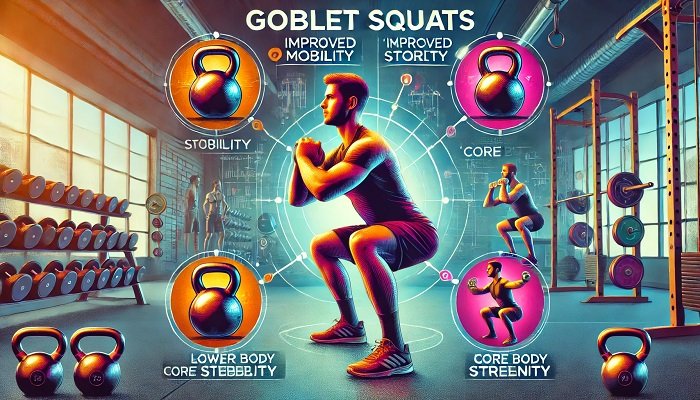
- Improves Squat Form: Holding the weight in front of your chest helps counterbalance your body, making it easier to maintain an upright posture.
- Strengthens Lower Body Muscles: Focuses on building strength in your legs and glutes.
- Enhances Core Stability: The front-loaded position engages your core throughout the movement.
- Boosts Mobility: Encourages deep squats and stretches the hips, ankles, and lower back.
- Low Risk of Injury: Ideal for beginners because it’s easier to perform with proper form compared to other squat variations.
Equipment Needed For Goblet Squats
Before you begin, it’s important to have the right equipment to perform goblet squats safely and effectively. This ensures proper form and minimizes the risk of injury. Here are the essentials:
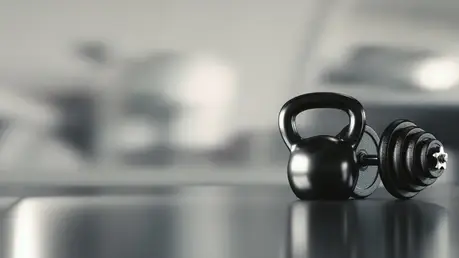
- A dumbbell or kettlebell (start with a light weight to focus on technique).
- Comfortable workout attire.
- A flat, stable surface to stand on.
Step-by-Step Guide to Performing a Goblet Squat
Performing a goblet squat may seem intimidating at first, but with the right approach, it can be a simple and effective exercise. This step-by-step guide will help you master the movement with proper form, ensuring maximum benefits and minimal risk of injury.
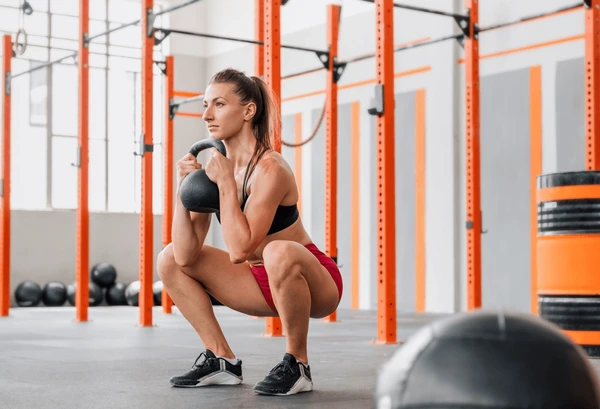
- Set Up:
- Stand with your feet shoulder-width apart.
- Hold a dumbbell or kettlebell with both hands, keeping it close to your chest. Your elbows should point downward.
- Brace Your Core:
- Engage your core muscles to maintain stability and prevent your back from rounding.
- Keep your chest lifted and shoulders relaxed.
- Start the Descent:
- Push your hips back and bend your knees to lower your body into a squat.
- Keep your elbows inside your knees as you lower yourself.
- Ensure your weight is evenly distributed across your feet.
- Reach Depth:
- Lower yourself until your thighs are parallel to the ground or as far as your mobility allows.
- Keep your chest upright and avoid leaning forward excessively.
- Push Back Up:
- Press through your heels to return to a standing position.
- Squeeze your glutes at the top of the movement.
- Maintain control throughout the entire motion.
Variations for the Goblet Squat
To better understand the goblet squat and its unique advantages, let’s compare it to other squat variations:
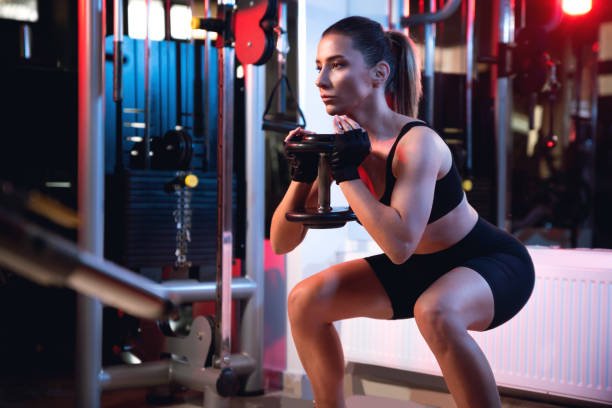
- Goblet Squat vs. Regular Squat:
- Goblet Squat: Ideal for beginners due to the front-loaded position, which promotes better posture and balance.
- Regular Squat: Typically performed without weights or with a barbell; requires more core stability and proper technique to avoid leaning forward.
- Goblet Squat vs. Barbell Squat:
- Goblet Squat: Uses a single dumbbell or kettlebell, making it easier to manage and less intimidating for newcomers.
- Barbell Squat: Allows for heavier loads, making it suitable for advanced lifters aiming to build maximum strength but requiring a higher skill level and access to gym equipment.
- Goblet Squat vs. Sumo Squat:
- Goblet Squat: Feet are shoulder-width apart, targeting the quads, glutes, and core.
- Sumo Squat: Feet are placed wider with toes pointing outward, emphasizing the inner thighs and adductors.
Understanding these differences can help you decide which squat variation aligns best with your fitness goals and experience level.
Muscles Targeted By Goblet Squat
The goblet squat engages multiple muscle groups, making it an effective full-body exercise. Here’s a breakdown of the primary and secondary muscles worked:
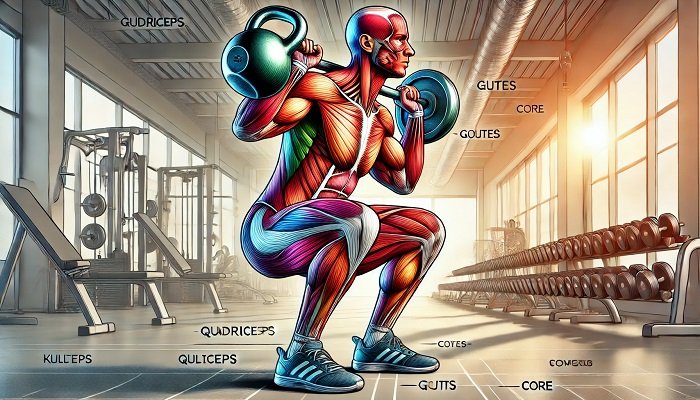
- Primary Muscles:
- Quadriceps: The front of your thighs, responsible for extending your knees.
- Glutes: Your buttocks muscles, essential for hip extension and stability.
- Hamstrings: The back of your thighs, which assist in controlling the descent and stabilizing the knees.
- Secondary Muscles:
- Core Muscles: Including the rectus abdominis and obliques, engaged to maintain an upright posture and stabilize the torso.
- Calves: Help stabilize the lower legs during the movement.
- Upper Back and Shoulders: Activated to hold the weight in the proper position and maintain balance.
By working these muscle groups simultaneously, the goblet squat improves both strength and functional fitness.
Common Mistakes to Avoid
Before you begin, it’s important to have the right equipment to perform goblet squats safely and effectively. This ensures proper form and minimizes the risk of injury. Here are the essentials:
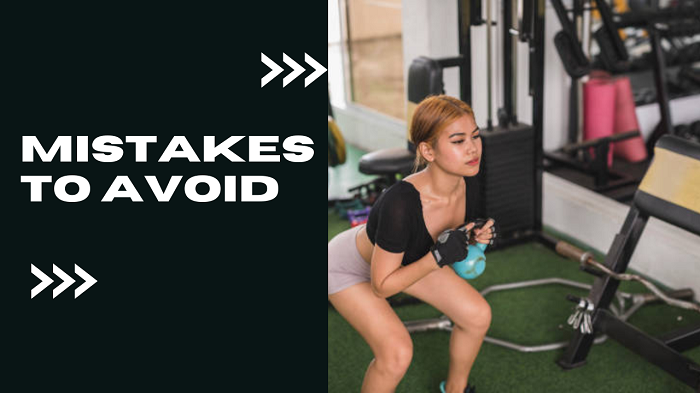
- Allowing Knees to Collapse Inward: Focus on keeping your knees aligned with your toes.
- Rounding Your Back: Maintain a neutral spine by keeping your chest lifted.
- Lifting Heels Off the Ground: Keep your entire foot planted for better balance.
- Using Too Much Weight: Start light and prioritize form before increasing resistance.
- Shallow Squats: Aim for a full range of motion to maximize benefits.
Tips for Beginners
Starting a new exercise like the goblet squat can feel challenging, but with the right approach, it can be both rewarding and enjoyable. These tips are designed to help beginners build confidence, maintain proper form, and avoid common mistakes:
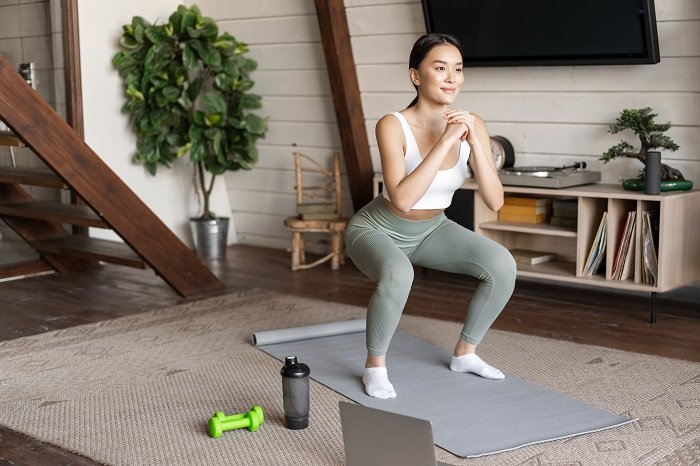
- Start Without Weights: If you’re new to squatting, practice the movement without any weights to get comfortable.
- Use a Mirror: Check your form by squatting in front of a mirror.
- Incorporate Warm-Ups: Do dynamic stretches or mobility exercises to prepare your joints and muscles.
- Control Your Speed: Perform the movement slowly to focus on form and control.
- Progress Gradually: Once you’ve mastered the technique, gradually increase the weight to challenge your muscles.
Sample Goblet Squat Workout
If you’re ready to put your goblet squat knowledge into action, this workout will guide you through an effective and beginner-friendly routine. It’s designed to help you build strength, improve technique, and progress gradually at your own pace:
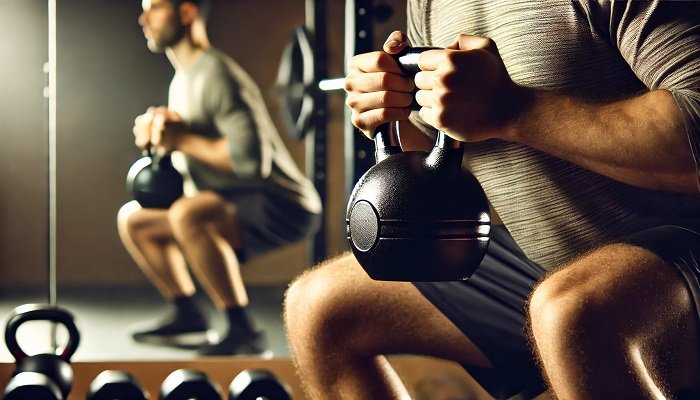
- Warm-Up: 5 minutes of light cardio and dynamic stretches.
- Goblet Squats: 3 sets of 10-12 repetitions.
- Goblet Squat with Pulse: 2 sets of 8-10 repetitions.
- Rest: 60-90 seconds between sets.
- Cool Down: Stretch your hips, quads, and hamstrings.
Conclusion
The goblet squat is an excellent starting point for anyone looking to build lower body strength, improve mobility, and enhance overall fitness. By focusing on proper form and gradually increasing intensity, you’ll see significant progress in your strength and stability. Grab a dumbbell, follow this guide, and take the first step toward mastering the goblet squat!









